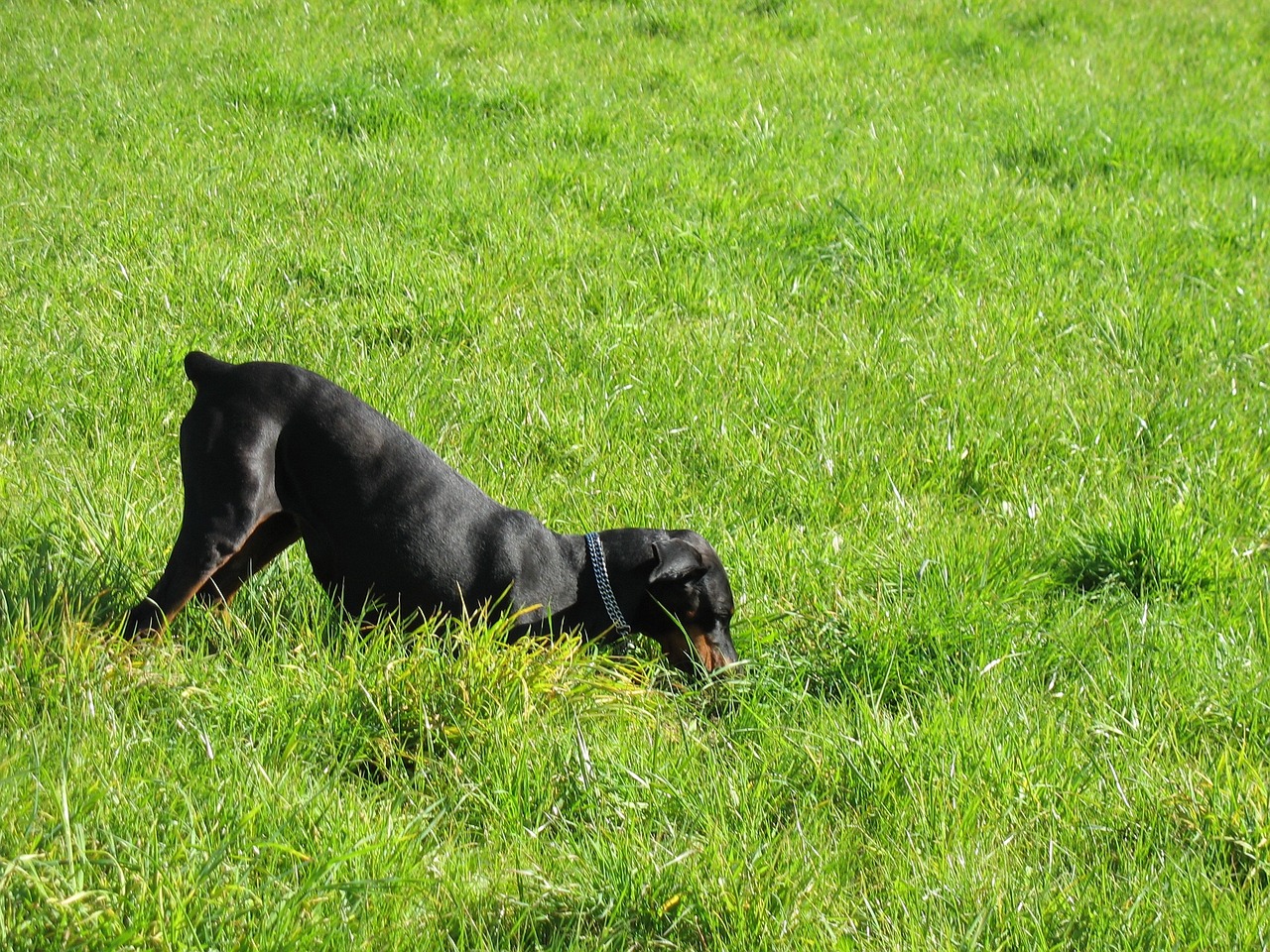Dogs, often referred to as “man’s best friend,” exhibit a wide range of behaviors that can sometimes perplex even the most devoted dog owners. Misunderstanding these behaviors can lead to challenges in the relationship between dogs and their humans, often exacerbating behavioral issues and affecting the animal’s well-being. As our understanding of animal psychology deepens, we recognize that terms like “dog owner” may not adequately reflect the emotional and responsible bond that should exist between humans and their canine companions. Instead, terms like “dog guardian” or “dog parent” suggest a more nurturing and duty-bound relationship, emphasizing care, protection, and accountability rather than possession. This shift in terminology encourages a more empathetic and informed approach to understanding our dogs’ needs, behaviors, and emotional states. In this article, we will explore seven commonly misunderstood dog behaviors to foster a deeper understanding and a more compassionate approach to canine care.

1. Aggression
Aggression in dogs is often perceived negatively, causing significant anxiety for guardians. However, aggression can stem from multiple sources such as fear, protection of territory, or even pain. For instance, breeds like the German Shepherd are often stigmatized as aggressive, but this behavior is usually a manifestation of their strong protective instinct and high intelligence. Proper training, socialization, and understanding the specific triggers can transform an “aggressive” dog into a well-behaved and loyal companion. Recognizing the root causes of aggressive behavior in such breeds allows guardians to implement more effective and humane strategies to manage it, emphasizing the need for empathy and patience over punishment.
2. Barking
Barking is a natural dog behavior often misunderstood as mere noise nuisance. Breeds like the Beagle or Siberian Husky use barking to communicate — from alerting about a stranger’s approach to expressing excitement or need. Misinterpretation of barking can lead to inappropriate responses from the guardian. Understanding the nuances of what a dog may be trying to communicate through their barks is crucial. Training to manage excessive barking should focus on positive reinforcement and addressing the underlying causes, whether they be anxiety, boredom, or excitement.
3. Chewing
Chewing is an essential activity for dogs, important for their dental health and as a natural stress reliever. However, when breeds like Labrador Retrievers chew destructively, it is often a sign of boredom or excess energy. Rather than punishment, providing appropriate chew toys, and engaging in regular exercise can redirect this behavior healthily. Understanding the motivational factors behind chewing can help guardians provide suitable alternatives to prevent destructive chewing, ensuring the dog remains both happy and well-behaved.
4. Digging
Digging can be an infuriating behavior for dog guardians, especially when it turns gardens into cratered landscapes. Breeds like the Jack Russell Terrier, originally bred for hunting and burrowing, may exhibit this behavior more frequently. Recognizing digging as a natural instinct rather than just mischievous behavior allows for more effective management strategies, such as providing a designated digging area or increasing physical and mental stimulation to curb unnecessary digging.
5. Jumping Up
Jumping up is a common behavior dogs use to greet people, driven by excitement and the desire to be close to faces. For breeds like Boxers, who are especially exuberant and friendly, jumping can be overwhelming for owners. Training to manage this behavior should focus on teaching alternative greeting behaviors and rewarding calm introductions. This not only prevents the behavior from becoming a nuisance but also ensures that interactions remain positive and controlled.
6. Pulling on the Leash
Pulling on the leash is a challenge commonly faced by dog guardians, particularly with strong, energetic breeds like the Siberian Husky. This behavior often stems from a lack of training, high energy levels, or the excitement of exploration. Proper leash training techniques, such as reward-based reinforcement and consistent practice, can teach dogs how to walk calmly and attentively alongside their guardian, enhancing the walking experience for both.
7. Separation Anxiety
Separation anxiety is a complex behavior characterized by signs of distress when a dog is left alone. Breeds like the Border Collie, known for their intense loyalty and intelligence, are particularly susceptible to this condition. Misinterpretation of the behaviors resulting from separation anxiety, such as vocalization or destructiveness, can lead to punitive measures. Understanding and addressing the emotional distress underlying these actions with patience, training, and sometimes the help of a professional, can alleviate the symptoms of separation anxiety.

Understanding these misunderstood behaviors in dogs is crucial for building a stronger, more affectionate, and mutually respectful relationship between dog guardians and their canine companions. By shifting our perspective from one of ownership to one of guardianship, we adopt a more responsible and caring approach. This not only enhances the quality of life for our dogs but also enriches our own experiences by fostering deeper bonds of loyalty, affection, and trust.
 Toledo, United States.
Toledo, United States.